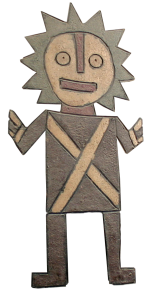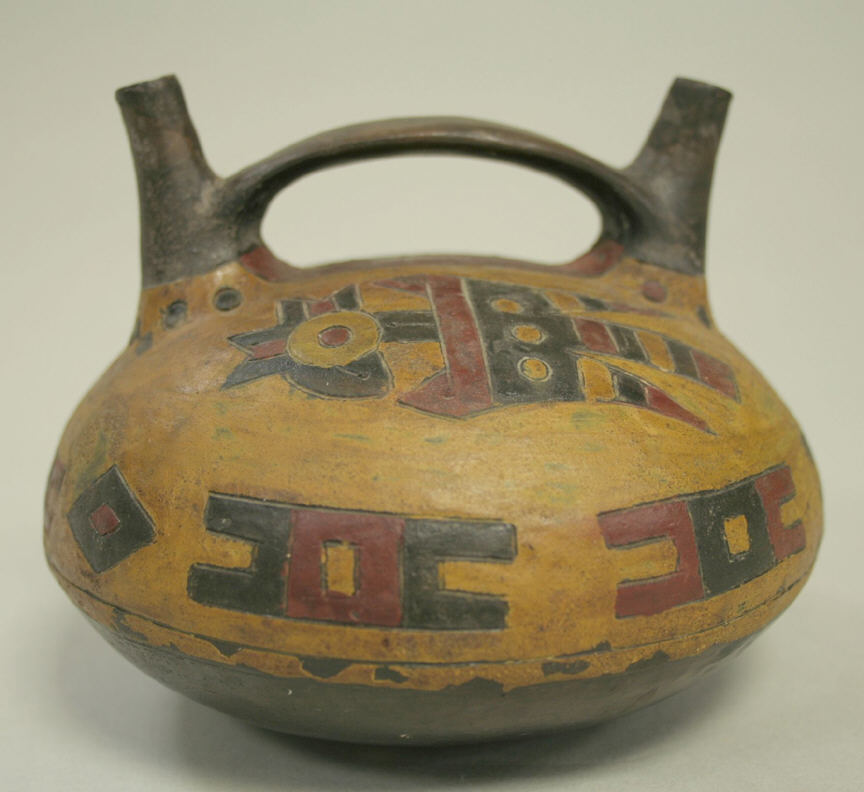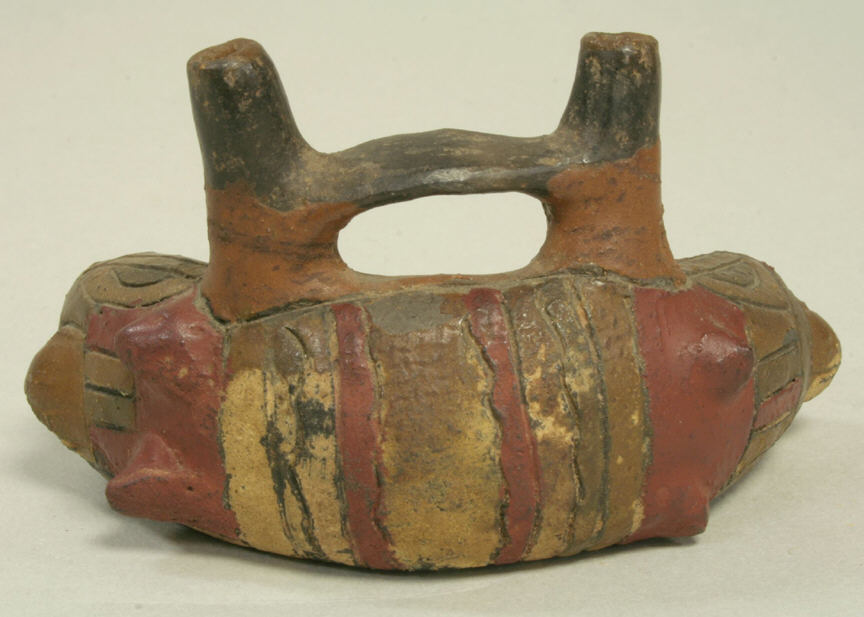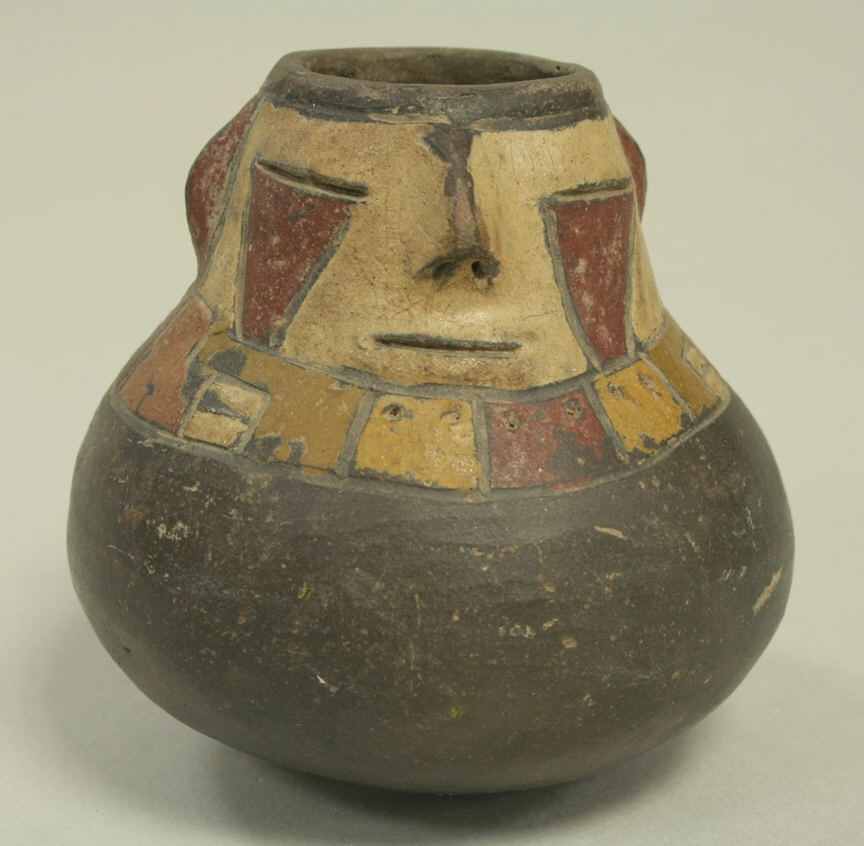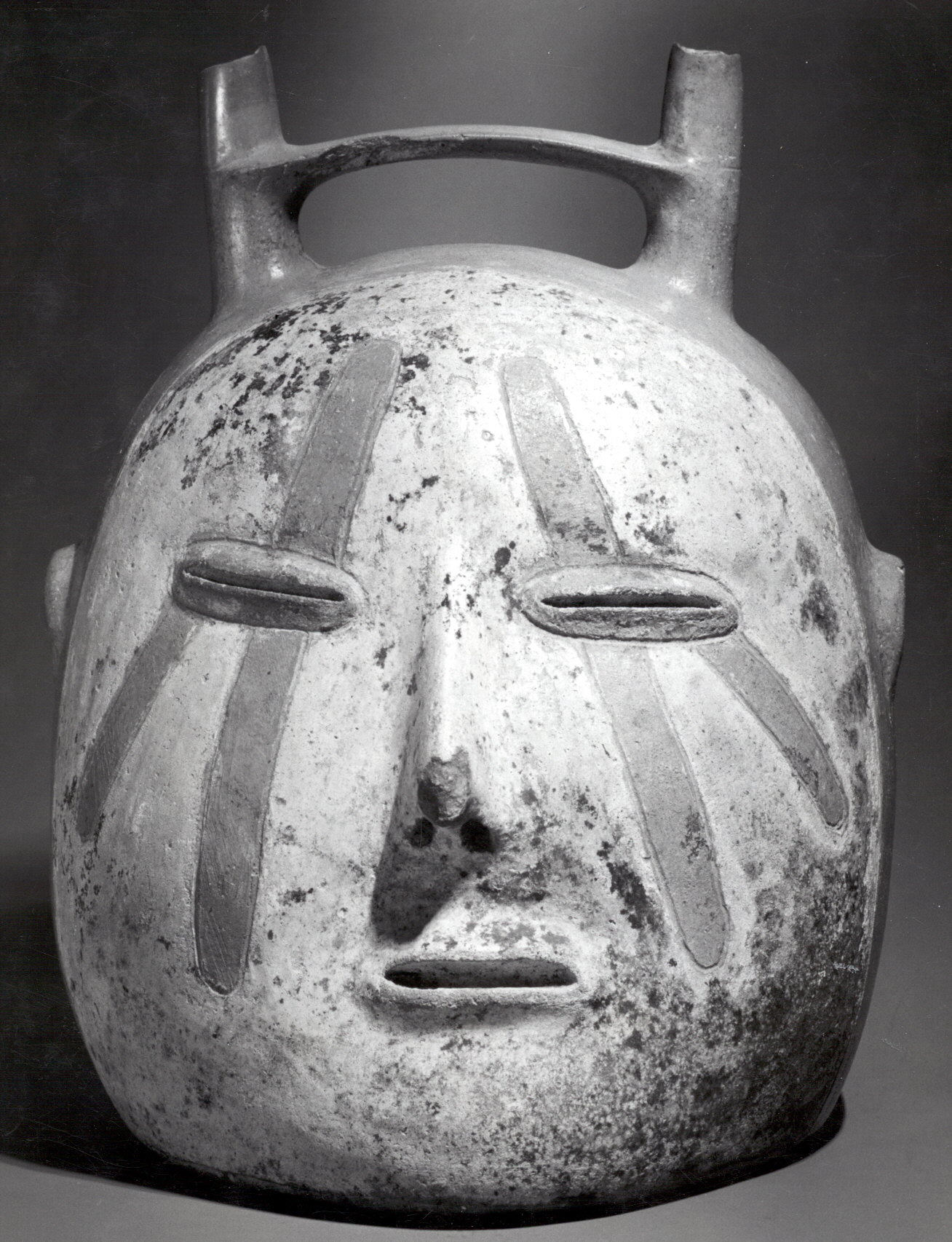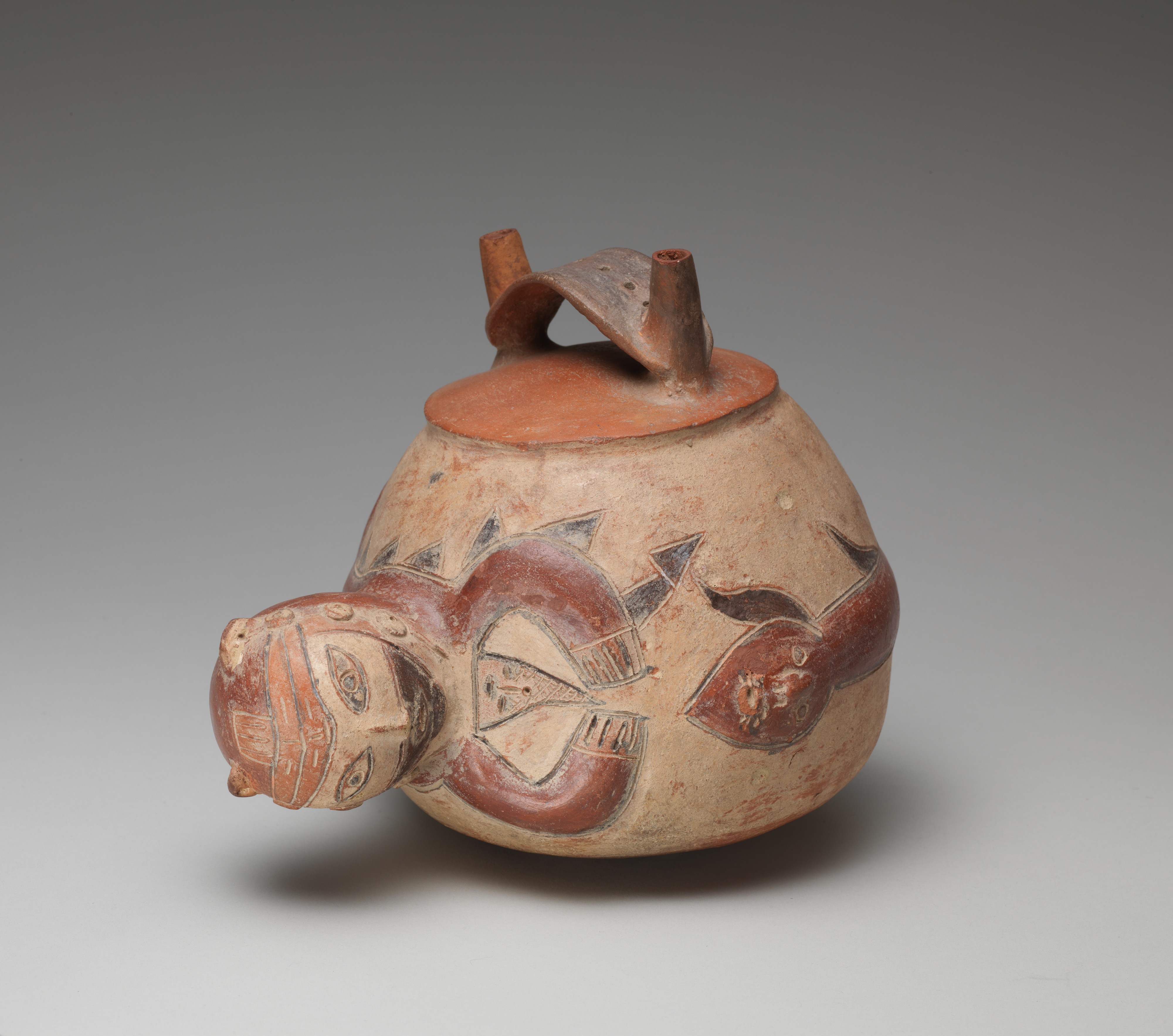The Inca And Their Ancestors
Best known for the rapid rise and fall of the Inca Empire, a more detailed narrative shows that the Andes region has an extensive prehistory of complex societies of more than three thousand years. This interdisciplinary seminar taught by Alicia Boswell, Andrew W. Mellon “Cultures of Conservation” Postdoctoral fellow in Spring 2017 is a survey designed to introduce students to different Andean societies and technological innovations through the material culture itself. We will examine these Andean objects through a variety of lenses consulting writings from anthropology, archaeology, art history, and conservation science to understand the great achievements of Andean civilizations, including the construction of Inca stone buildings, the evolution of metal working, weaving, and other material types. Bringing conservation science into dialogue with humanist fields such as archaeology, art history, and anthropology we will discuss what each field contributes to our understanding of the object and technology, and what questions remain.
As part of the course we have created this digital exhibit highlighting ceramic vessels from the Paracas culture in the Metropolitan Museum of Art. While the focus of the digital exhibit is the techné of Paracas ceramics, students experimented with photogrammetry, creating 3-D models of Paracas vessels with Agisoft. For the first time a 3-D view of these vessels is available viewers, although many of these models do not capture the vessel’s complete form. With only a single opportunity to photograph these vessels, students worked with these initial photos to do the best that they could. Accompanying information about the Paracas vessels, below each vessel’s 3-D model are brief descriptions of the challenges and reflections of creating a 3-D model of each vessel which were tied to limited number and quality of photos, the vessel form, or use of Agisoft.
PreColumbian Techné: Ancient Ceramics from the Paracas Culture
On the south coast of Peru, in an arid landscape between the foothills of the Andes mountains in the east and the Pacific Ocean on the west, the Paracas culture thrived between 700 BC – AD 1. The origins of Paracas culture are unclear—yet their elaborate funerary bundles, recovered on the Paracas peninsula with embroidered textiles, exquisite ceramics, and other grave goods, have made this culture famous the world over. One of the earliest non-state societies on the south coast of Peru, the Paracas people relied on irrigation farming in river valleys and fishing and hunting for subsistence. However, Paracas society also supported tremendously skilled artisans. Paracas art is distinguishable from other Andean traditions because of its curvilinear forms, intense repetition, and motifs that reflect local subject matter. Using distinct techniques and styles, Paracas artists “took a ‘high-intensity’ approach to the ceramics, textiles, and goldwork they created” (Stone 2012: 56).
The techné of Paracas ceramic-making artisans is often overshadowed by the diverse and skilled techniques exhibited in Paracas textiles. “Techné” is a Greek term used to refer to “craftmanship” or “art”. We borrow this term in our study of Paracas ceramic vessels from the Nathan Cummings collection at the Metropolitan Museum of Art. This collection demonstrates the tremendous skill of Paracas ceramic artisans. While Paracas ceramic production workshops have yet to be excavated, studies of vessels provide insight about the production process. Technical analysis reveals important information about the skills and social relationships required to attain the materials and create Paracas ritual vessels. Changes in ceramic style and technology over time, documented in the Paracas ceramic assemblage, are likely tied to changes in leadership, which affected access to and distribution of materials and objects (Cook 1999, DeLeonardis 1991, 2016; Peters 2013; Silverman 1994). Therefore the study of these artistic works provides information about relationships both within and beyond the borders of Paracas society, lending insight into the worldviews and ideology of Paracas artisans and their patrons. Through the study of the twelve selected ceramic vessels in this group, we highlight and celebrate the techné of Paracas ceramic artisans.
Site by Emma Cormack (BGC 2018), Coco Zhou (BGC 2020) & Ben Grubner

